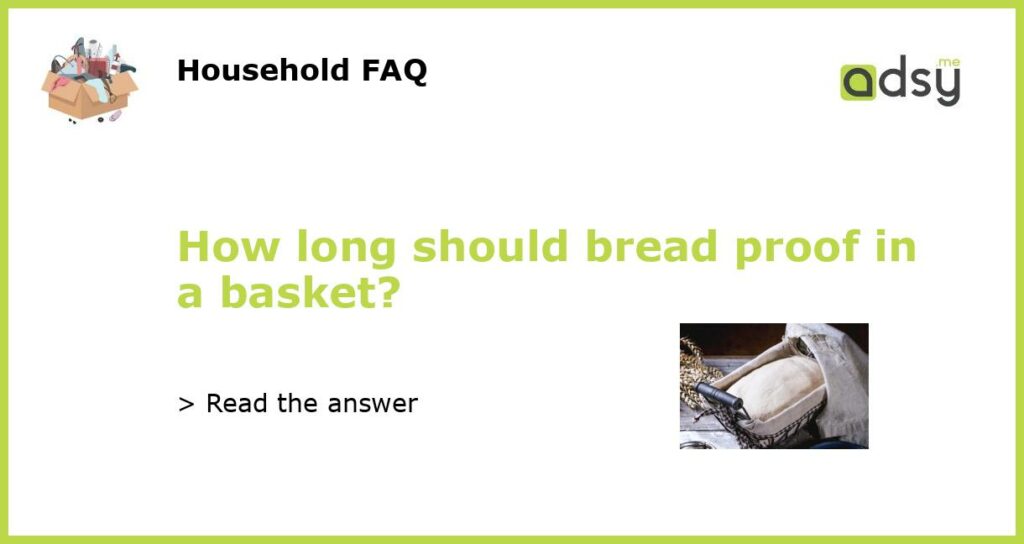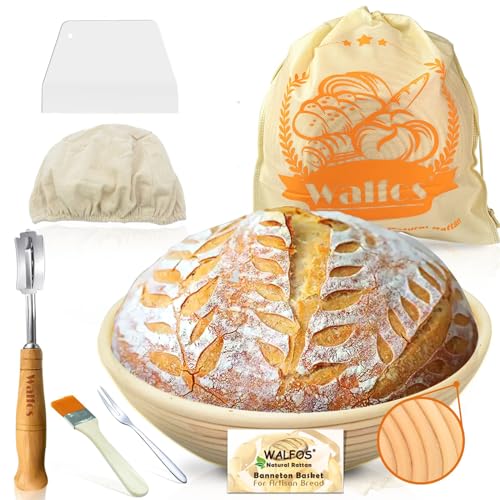Understanding the Basics of Bread Proofing
Bread proofing is a crucial step in baking bread. It is the process wherein the dough is left to rise after being kneaded, so that it will become light and airy, resulting in a deliciously textured bread. One question that often arises when it comes to proofing is how long should bread proof in a basket?
The Role of the Basket in Bread Proofing
A bread proofing basket, also known as a banneton, is commonly used to hold the shaped dough during the proofing process. The basket’s natural absorbency allows for proper air circulation and moisture release, resulting in a better-textured bread. When it comes to the length of proofing, the basket plays a significant role in determining how long the bread should proof.
Factors that Affect Proofing Time
There are several factors that can affect the proofing time, including the type of yeast used, the ambient temperature and humidity, and most importantly, the size of the dough. If the dough is dense, it will take longer to proof, whereas a lighter dough will proof initially faster.
Recommended Proofing Time for Basket Proofing
The recommended proofing time for a bread proofing basket is normally one to two hours for a standard 1-pound loaf. However, this can vary based on the ambient temperature and humidity in your kitchen. To determine if the bread is ready for baking, gently press the dough with your finger: if it leaves an indentation and doesn’t spring back immediately, it is ready for baking.
Alternative Proofing Methods
If you don’t have a bread proofing basket, you can proof on a parchment-lined baking sheet or directly on a baking stone. Proofing times vary and may require that you use a method other than just the finger test. Digital bread thermometers with probes are good for determining your bread’s readiness for the oven.






